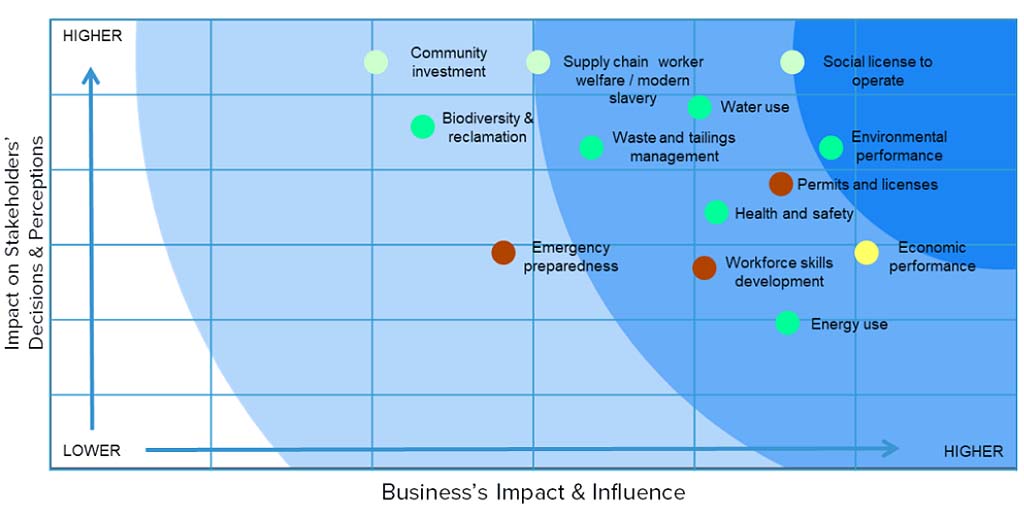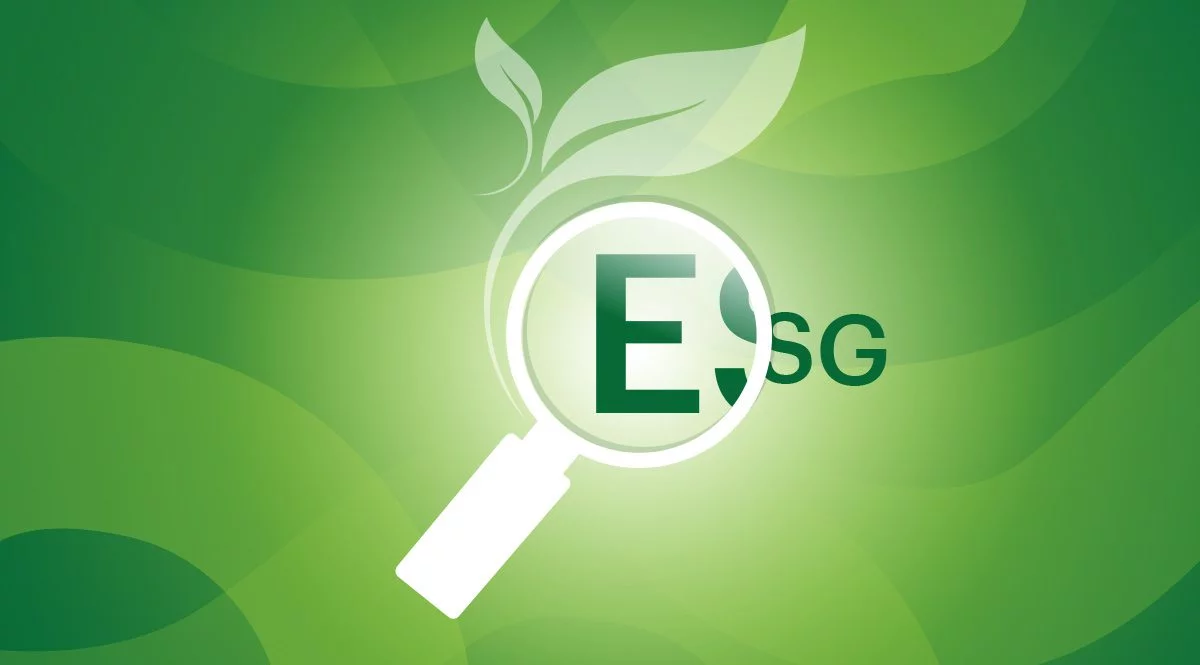What is ESG stakeholder engagement?
ESG stakeholder engagement is how a business exchanges information and dialogues on topics that impact the business, its employees, customers, investors, suppliers, trade groups, regulators, non-governmental organizations, public health and welfare, and the planet.
So, when your business engages with its stakeholders, you’ll want to share information about your business strategy and growth objectives, financial performance, and corporate responsibility objectives, targets, and results.
And, your stakeholders will want to share information about their perspective and concerns that intersect with your company’s operations, plans, results and impacts.
To make your stakeholder engagement effective and efficient organize it based on the ‘materiality’ of each topic.
What is ‘Materiality?’
Materiality is a measure of the impact on the businesses’ financial or operating performance and its importance to the stakeholders.
And, a materiality matrix can be used to help you communicate the priority of each topic to everyone involved.
Below is a picture of a materiality matrix for a mining company.

Because there are so many topics, materiality will vary for each industry and by the type of business. For more information on materiality and the materiality matrix you can look to the Sustainable Accounting Standards Board.
How do companies engage with ESG stakeholders?
Well, there are a number of ways that businesses share information with their stakeholders. These include:
- Analyst meetings
- Annual financial and non-financial reports and 10-K
- Climate Disclosure Project Reports (CDP.net)
- Collaboration tools
- Community sites / portals
- Dashboards
- e-Learning and gamification
- Quarterly conference calls
- Stockholder annual meeting
- Websites for investors and corporate responsibility
Another tip to help your engagement strategy to be effective is to addresses ALL the stakeholders.
And, it’s important to know the needs of each stakeholder vary by type.
Meetings, websites, and reporting are effective for investors and analysts. Whereas, community sites, dashboards, and e-learning and gamification are effective for suppliers and other value chain partners.
It’s important to know that a robust engagement program will use each method to enhance engagement and information exchange with stakeholders.
Why effective engagement isn’t easy
You probably know that businesses struggle to engage with their ESG stakeholders. This is because there are many stakeholders and there aren’t enough resources or time for them all.
Well, another problem is that different types of stakeholders have different perspectives so the information they want has to be tailored for their needs. This adds to the workload for Investor Relations and corporate governance personnel.
Some stakeholders get information about companies from ESG ratings providers like CSRHub, MSCI, Sustainalytics, Truecost and others. While the information is easy to access it has some limitations:
- Ratings providers use proprietary ways to create a rating which makes comparing one rating with another difficult.
- The information used for ratings is collected from publicly available sources such as websites, company reporting, and government databases. Information about private businesses or those based in certain geographies is limited.
- Many ratings providers issue reports on an annual basis so stakeholders may be working with old information.
- Another factor is that ESG ratings providers charge for their services and are a significant cost when multiple providers are utilized.
Tips to enhance engagement with ESG stakeholder
These tips can help your business improve engagement with its ESG stakeholders.
- Engage in an ongoing dialogue
Your stakeholders want to know the ESG impacts about your business. This includes not only the risks but any operational improvements that reduce ESG impacts and improve risk transparency.
Use a technology platform that enables ongoing collaboration with your stakeholders and real-time access to information to help your stakeholders understand your business and its ESG operations and risk exposure better and in more detail.
- Know what’s important to each stakeholder
Your business’s ESG stakeholders are a broad and diverse group.
And, while your business may track many materiality topics, it’s important to use a technology platform that enables your Investor Relations, Community Relations, and Corporate Development teams to deliver the right information to the right group.
This will help your business be efficient and effective. The better informed your ESG stakeholders the more ways they can support your business and its mission.
- Provide best practice information
Your business can maximize its positive impacts by enabling its value chain partners and ESG stakeholders with learning and achievement capabilities on best practices.
Use a technology platform with knowledge-base capabilities so your stakeholders can search, access, and discuss information on ESG best practices.
To realize the greatest impact, give your employees and value chain partners e-learning that encourages understanding and gamifies achievement with badges on a broad range of ESG topics.
- Measure results in your value chain
Your value chain partners are stakeholders in your business. Enlisting them to help reach ESG targets is a best practice.
Use a technology platform that enables you to collaborate with your partner on targets and measure and report on their accomplishments.




